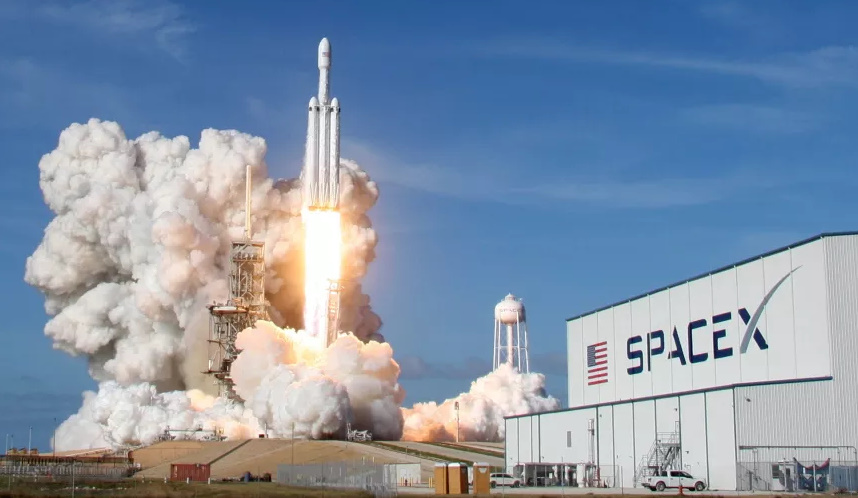Pixxel, a space data startup, launched its first fully operational satellite, TD-2, on SpaceX’s Transporter-4 mission. TD-2 is Pixxel’s first full-fledged satellite, carrying one of the highest-resolution hyperspectral commercial cameras ever flown, taking the company one step closer to developing a global health monitoring system that operates 24 hours a day, seven days a week.
The launch, according to the business, brings it closer to completing its aim of assembling one of the world’s most advanced constellations of low-earth-orbit imaging satellites and bringing the benefits of space to Earth. ” Life has certainly come full circle for us, from being one of the few finalists in the SpaceX Hyperloop Pod Competition in 2017 to now launching our own satellites as part of SpaceX’s fourth dedicated rideshare mission.
About TD-2:
- TD-2 will begin gathering data and discovering the invisible changes wreaking havoc on our worlds, such as natural gas leakages, deforestation, melting ice caps, pollution, and poor crop health.
- The launch also prepares Pixxel for the launch of its first commercial phase satellites in early 2023, as well as the commercial sale of its data.
- The launch also prepares Pixxel for the launch of its first commercial phase satellites in early 2023, as well as the commercial sale of its data.
- Pixxel’s hyperspectral constellation will be able to cover any place on the world every 48 hours, thanks to six satellites in a sun-synchronous orbit (SSO) around a 550-kilometre altitude.
Dimensions of TD-2:
TD-2, which weighs less than 15 kilogrammes, can capture orbital images in more than 150 bands of colour from the visible and infrared spectrum with a resolution of 10-meters per pixel, far exceeding the specificity of 30-meter-per-pixel hyperspectral satellites launched by a few select organisations such as NASA, ESA, and ISRO, according to the company.





 Which City is known as the City of Bambo...
Which City is known as the City of Bambo...
 Who was the First Prime Minister of Indi...
Who was the First Prime Minister of Indi...







